
Birdwatching Down The Bridle Way of Caprice
Ornithology is by far one of the most fascinating studies out there. Science and art amalgamate together in this profession like better halves, just as astrology and astronomy do. Just as those who study the stars are teachers of God, those who study birds have always felt to me like the orchestrators of God, where song, grace and spirit warble to their hearts as they envy and tremble before their flight of fancy.
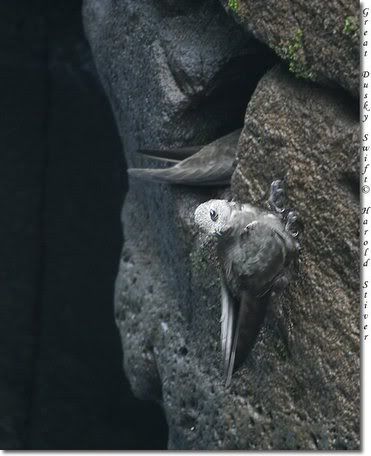
Have you ever seen BBC's "The Life of Birds" series? It is a most beautiful, complete and entertaining look into the life of birds at its finest!
 Sir David Attenborough is considered quite often to arguably be the world’s master wildlife documentary presenter, praised for his amazing story telling, whose words can have you daydreaming and travelling the world in rapid eye movement as though you were one of the ruby-throated hummingbirds making epic flights year-round to the north and back, sometimes the full 500 miles straight across the Gulf of Mexico, or the dusky swift zipping straight through the waterfall curtains of Iguacu Falls of Paraguay to their nests.
Sir David Attenborough is considered quite often to arguably be the world’s master wildlife documentary presenter, praised for his amazing story telling, whose words can have you daydreaming and travelling the world in rapid eye movement as though you were one of the ruby-throated hummingbirds making epic flights year-round to the north and back, sometimes the full 500 miles straight across the Gulf of Mexico, or the dusky swift zipping straight through the waterfall curtains of Iguacu Falls of Paraguay to their nests. 
The series covers just about everything about birds, from their evolution, to parenting, to songs, to mating, to defense, and to how they adapt to modern environments. "The Life of Birds" was an epic project that took three years to film and costed about $15 million to create. Sir David Attenborough travelled a total of 256,000 miles during filming (that's about 10 flights round the Earth) and employed 48 cameramen and camerawomen to work in 42 countries on five continents, using up 200 miles of film on 300 bird subjects, equipped with everything from ultra-slow motion filming to catch hummingbirds motions in slow motion, to night vision cameras, to tiny cameras that fit right inside nests. In addition, several researchers spent months reading journals and scientific papers to get the facts out about the most unique of birds, and also to inspire entertaining stories on bird behavior.
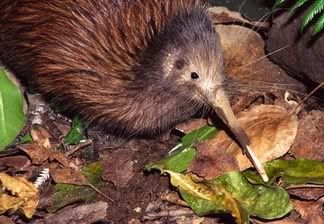
In the end, this amazing production came about, which you can now enjoy yourselves, covering even the most shiest and rarest of birds, even the kiwi, which only comes out at night in remote parts of New Zealand to feed. Although the kiwi is the national symbol of New Zealand, their Department of Conservation told the film crew after a month failing to find one that it would be so hard to find they might have to film tame birds. But they never lost hope, and then their series producer Mike Salisbury met a man in a bar in Invercargill, on the southermost tip of New Zealand, who told him kiwis could be seen on Stewart Island off the south coast. Delighted by the encouraging news, he took a ferry there, booked a room in the local hotel, and then when a local directed him to a local beach that evening, success, two kiwis were caught on film feeding on the sand hoppers on the beach.


 Birds have always inspired my poetry and life, for they truly are the world's master musicians, inspiring all artists alike throughout history. From the nightingales who hold over 300 love songs in their repertoires, to the chaffinch who is capable of singing his song half a million times in a season, to the lyrebird that can imitate sounds of chainsaws and engine backfirings, to the kakapo who can sing on and on for three months to attract females, birds have gifted us with harmony and melody.
Birds have always inspired my poetry and life, for they truly are the world's master musicians, inspiring all artists alike throughout history. From the nightingales who hold over 300 love songs in their repertoires, to the chaffinch who is capable of singing his song half a million times in a season, to the lyrebird that can imitate sounds of chainsaws and engine backfirings, to the kakapo who can sing on and on for three months to attract females, birds have gifted us with harmony and melody.  Plus they're all just soooooooo cute, especially artist birds that impress females by forming little caves and decorating them with flowers and berries!
Plus they're all just soooooooo cute, especially artist birds that impress females by forming little caves and decorating them with flowers and berries! 
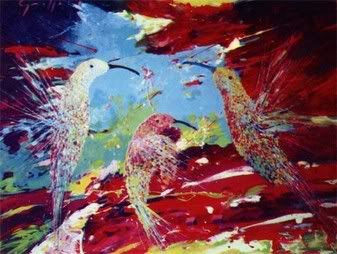
A Chinese proverb reads, "A bird does not sing because it has an answer. It sings because it has a song." (smiles) There's truly no duet in the world like the Benwick's wren and the wrentit accompanied by cricket timpani! Warble on, birds, warble on!
 Oh, that reminds me, I've been meaning to ask children and birds how cherries and strawberries taste, yay!
Oh, that reminds me, I've been meaning to ask children and birds how cherries and strawberries taste, yay! 
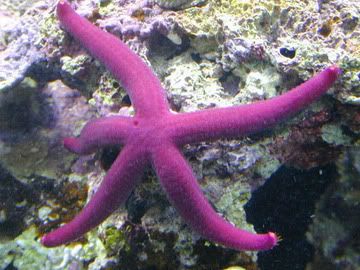
 I'm currently considering taking my "Emmanuel Endorphin" poetry concept to the next level, and working with "The Amethyst Starfish" inspiration more!
I'm currently considering taking my "Emmanuel Endorphin" poetry concept to the next level, and working with "The Amethyst Starfish" inspiration more!  Birds have been on my brain lately and you will see a lot of the ornithologist occultation in many of my next poems, as well as more endorphin engineering!
Birds have been on my brain lately and you will see a lot of the ornithologist occultation in many of my next poems, as well as more endorphin engineering!  I'm also considering starting an erotica spin-off of "Emmanuel Endorphin" for the more adult dreamers!
I'm also considering starting an erotica spin-off of "Emmanuel Endorphin" for the more adult dreamers! 
I've also been working up a bunch of other random poetry antics again, some summer leftovers that I felt needed a bit more working up. Some tentative titles I've thrown about include "The Genie in the Honey Bucket", "Trompe L'Oulei", "File That Under C For Curveball", "Building A Starship From An Airplane", "Golly Gee", "Come Hither, Doe Eyes", "Save The Zoom Lens For An African Safari" and "Dimples".

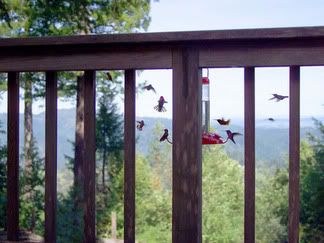
 It's letting my imagination run wild and soaring in spirit with the birds that set me flying from the Arctic Circle to Antarctica like the arctic tern, as high as birds can fly like the bar-headed geese, and dive deep into the ocean like an Antarctic penguin!
It's letting my imagination run wild and soaring in spirit with the birds that set me flying from the Arctic Circle to Antarctica like the arctic tern, as high as birds can fly like the bar-headed geese, and dive deep into the ocean like an Antarctic penguin!  Spread your wings and let the wind lift you up!
Spread your wings and let the wind lift you up!  Chookas, chookas, happy larks!
Chookas, chookas, happy larks!Love,
Noah Eaton
(Mistletoe Angel)
(Emmanuel Endorphin)


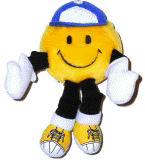

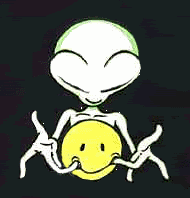


















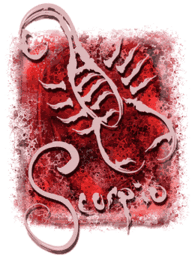


















0 Comments:
Post a Comment
<< Home